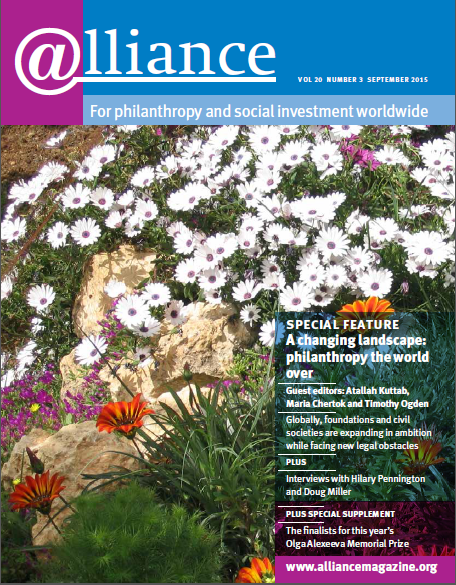Effective altruism is a growing social movement that combines the heart and the head: it’s compassion guided by data and reason.[1] It’s about dedicating a significant part of one’s life to improving the world and rigorously trying to answer the question, ‘How can I make the greatest difference?’
The effective altruism movement is gaining traction among my peers. Trying to do the most good possible given time or money invested is an appealing idea for tech-sector donors in their twenties. I would say their interest is guided by:
- the desire to do good
- the desire to maximize that good
- absence of astrong opinion as to where/how that is done (likely due both to intellectual openness and to having faced little hardship)
- scepticism about non-profits
- a belief in scientific thinking/randomizedcontrol trials.
Effective altruism values
A number of key values lie behind effective altruism, which I subscribe to. First, open-mindedness: you should consider all causes and actions and choose the actions that bring the greatest positive impact. The second is critical thinking: apply evidence and reason to determine the most effective ways to improve the world. Finally, global empathy: value all sentient life, regardless of nationality, creed, ancestry, religion or species.
For me, missing from this list is the funding of work-led beneficiaries. Unfortunately, I don’t have sufficient evidence for the effectiveness of that principle to get it included in effective altruist thinking. Zeke Spier, executive director of the Social Justice Fund, and I are working on how to discuss grassroots community organizing from an effective altruism perspective.
A number of factors influence effective altruists’ selection of causes to support. One is scale: will progress on that cause improve a large number of lives? Another is what I’d call tractability: can an effort in support of the cause create a measurable difference? The third is whether it has escaped public attention. How much has the cause been overlooked or undervalued?

Main image: It’s a ‘false choice’ to rank funding treatment for river blindness in developing countries over guide-dogs in the developed world because of ‘cost effectiveness’.
It’s likely this philosophy is an example of the ‘adjacent possible’. Biologist Stuart Kauffman coined this term to express the idea that at any given timein science and technology, but perhaps also in culture and politics, only certain steps are feasible.[2]
I would assume that growing up in a world where all our basic needs are met has reduced fear for our own safety and allowed us to invest in the wellbeing of others.
But I do have one reservation. I appreciate that the effective altruism movement encourages a wide ‘circle of compassion’ and, based on my interactions, the people involved at least tryto be self-reflective and critical. However, there is a danger of insularity – it’s a bunch of ultra-privileged people trying to solve the world’s problems. Although people want to be open-minded, they are only open-minded to those who can speak the language.
A painful dilemma?
Given the cost-effective difference between funding guide dogs in the developed world and treating onchocerciasis, a major cause of blindness in the developing world, how can one justify ever funding a guide dog, at a cost of thousands of dollars?
For me this is a false choice – they are different kinds of spending. I try to resolve the tension by aiming to give 30 per cent locally, 30 per cent nationally and 30 per cent internationally – all guided by effectiveness (I reserve 10 per cent for personal causes that I don’t believe to be particularly effective).
But this is a distraction. Jeffrey Sachs has estimated that spending $135 billion to $195 billion annually would eliminate extreme poverty. This is less than the total of annual US philanthropy spending alone. Or, picking a personal extravagance, revenue from video game sales would get us halfway there. So it is not a question of guide dogs in the US or blindness prevention internationally. It is a question of everyone reaching just a bit deeper; no massive sacrifices are required.
Footnotes
- ^ The author is involved in but not a representative of the effective altruism movement.
- ^ Steven Johnson: ‘Eureka moments are very, very rare’, The Guardian, 19 October 2010 www.theguardian.com/science/2010/oct/19/steven-johnson-good-ideas






Comments (0)